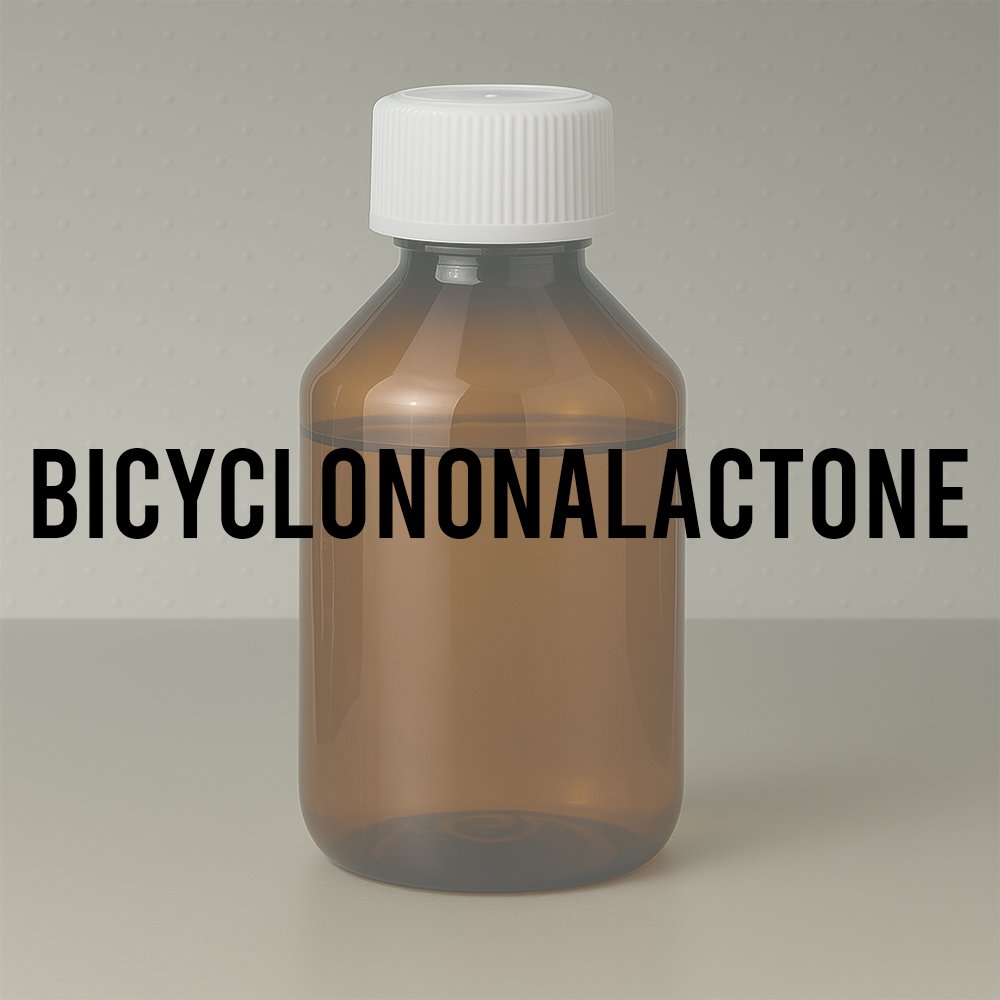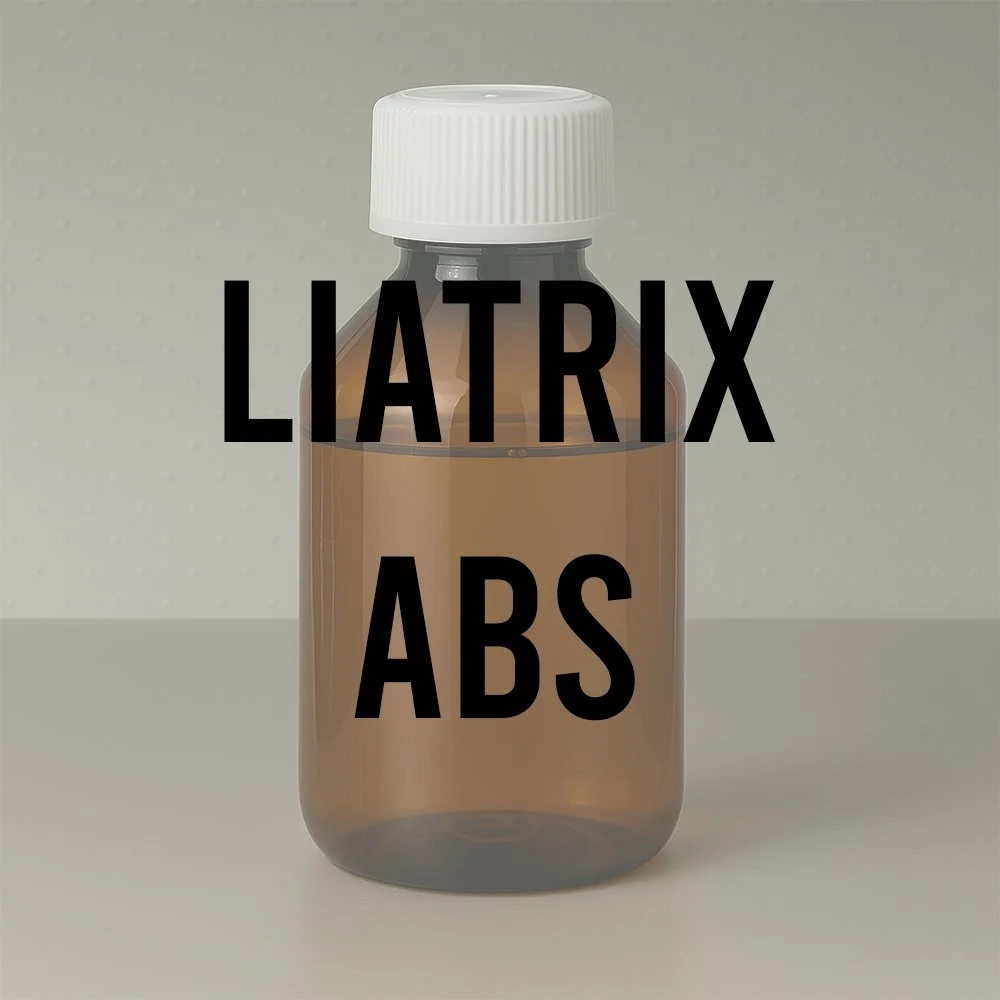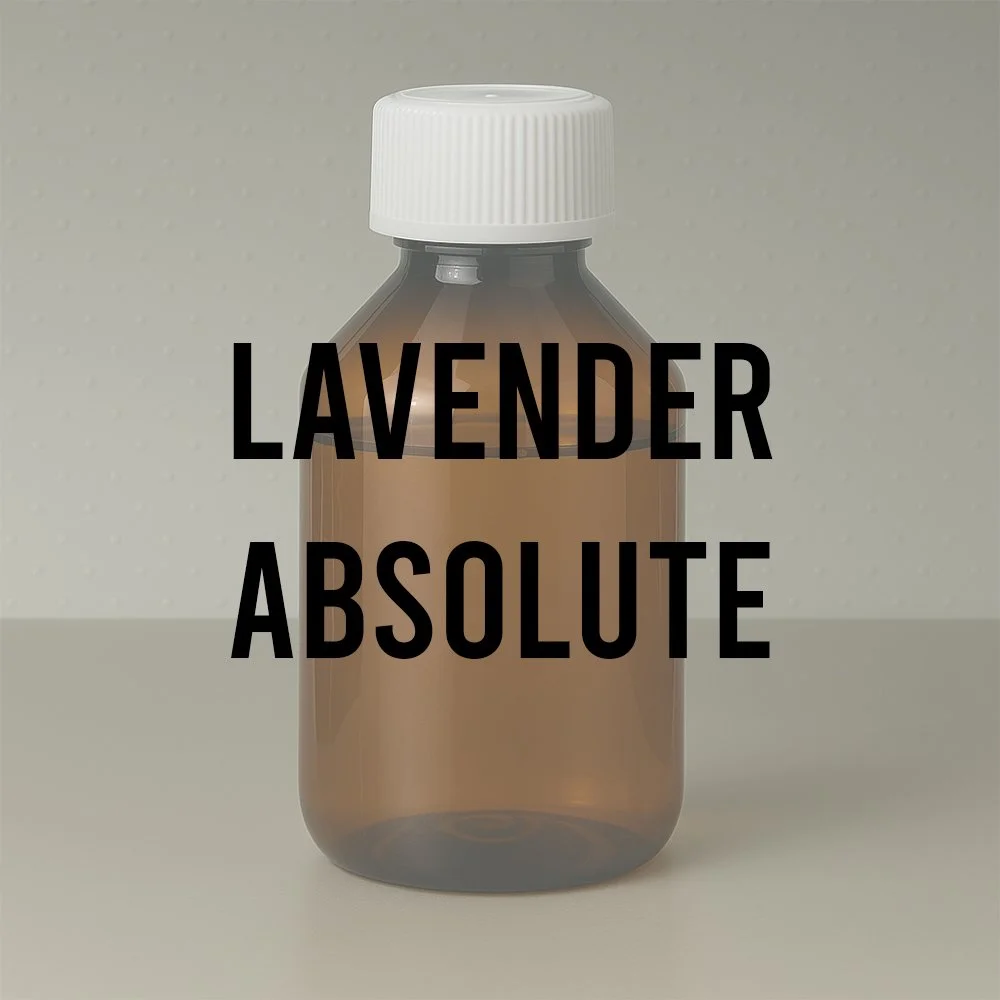Synthetic Ingredient Overview
🔎 Chemical name: 2H-1-Benzopyran-2-one
🧪 Synonyms: Benzopyrone, Tonka Camphor
🧬 Chemical Formula: C₉H₆O₂
📂 CAS N°: 91-64-5
📘 FEMA: 2321 (historic; use now prohibited in food)
⚖️ MW: 146.14 g/mol
📝 Odor Type: Almondy, Coumarinic
📈 Odor Strength: Medium (evaluate at 10% dilution)
👃🏼 Odor Profile: Sweet, powdery, hay-like, almondy, herbal
⚗️ Uses: Fixative and core modifier in Fougère, Herbal, and Oriental perfumes
🧴 Appearance: Colorless to white crystalline solid
What is Coumarin?
Coumarin is a benzopyran-derived lactone, structurally defined by a fused benzene and α-pyrone ring. It belongs to the class of aromatic heterocycles, often biosynthetically derived in nature but produced synthetically today via the Perkin reaction. First isolated in 1820 by A. Vogel from tonka beans (Dipteryx odorata), its name is rooted in coumarou, the Carib word for tonka.
In modern perfumery, Coumarin is synthesized from salicylaldehyde and acetic anhydride, providing reliable purity and performance. It’s neither phenolic nor resinous and is appreciated for its role in modifying sharp herbal top notes while extending sweetness in the base.
Olfactory Profile & Perfumery Applications
Coumarin’s profile bridges almond, hay, and sweet herbaceous qualities. It is intensely powdery with a creamy backdrop that integrates seamlessly into floral and fougère compositions. While primarily a mid-to-base note, Coumarin performs as a transitional fixative, especially in vintage-style and mossy-fruity fragrances.
Typical perfumery applications:
Fougère Bases: Core material alongside lavender and oakmoss
Oriental & Amber Accords: Boosts warmth, powderiness, and diffusion
Herbal Compositions: Balances phenolic harshness in rosemary or lavandin
Green or Chypre Fragrances: Adds fullness and tonality to mossy drydowns
Civet & Indole Nuances: Blends well with indole, skatole, or traces of cresol
Coumarin’s use has persisted since the late 1800s as one of the first synthetic aroma chemicals, underpinning some of perfumery’s most iconic structures.
Industrial & Technical Uses
Flavor Industry (Historic): Previously used in cherry, chocolate, and tobacco flavorings; now prohibited as a food additive in the EU and U.S.
Tobacco Products: Contributes subtle sweetness and warmth (regulated)
Chemical Precursors: Related structures used in drug synthesis (e.g., warfarin anticoagulants)
Odor Masking Agent: Historically used to cover iodine, phenol, or camphor notes in industrial blends
Regulatory & Safety Overview
IFRA Compliance:
Listed under IFRA 51st Amendment
Max 1.5% allowed in fine fragrances (Category 4)
Lower thresholds apply in deodorants, leave-on body care, etc.
EU Cosmetics Regulation (EC 1223/2009):
One of the 26 listed fragrance allergens
Must be declared above 0.001% in leave-on and 0.01% in rinse-off products
FEMA / GRAS:
No longer GRAS for food use; FEMA 2321 is obsolete
Banned in food applications by FDA (U.S.)
ECHA Classification (REACH):
H301 – Toxic if swallowed
H317 – May cause allergic skin reaction
Registered and regulated for cosmetic/perfumery use
Toxicological Note:
Hepatotoxic in high doses (animal studies)
Estimated toxic oral dose: ~3g/day in humans
Non-mutagenic in standard in vitro tests
Safe within established IFRA QRA thresholds
✅ Coumarin remains legal and widely used in perfumery within tightly controlled limits. Its allergenic status demands correct labeling and concentration compliance in all product categories.
Sources
IFRA Standards Documentation (51st Amendment)
ECHA Substance Information – Coumarin (91-64-5)
PubChem Compound Summary for CID 323, Coumarin
FEMA GRAS Database
European Commission Cosmetic Ingredients (CosIng)
Arctander, S. Perfume and Flavor Chemicals (1969)
Vogel, A. (1820) on Tonka Bean Acid Identification
Drugs.com – Coumarins and Indandiones










